The ALEXA Mini paired with a set of Cooke S4/i primes were the chosen tools to tell the story of Hulu six-episode new miniseries, Catch-22. Cinematographer Martin Ruhe shares his on-set insights with us.
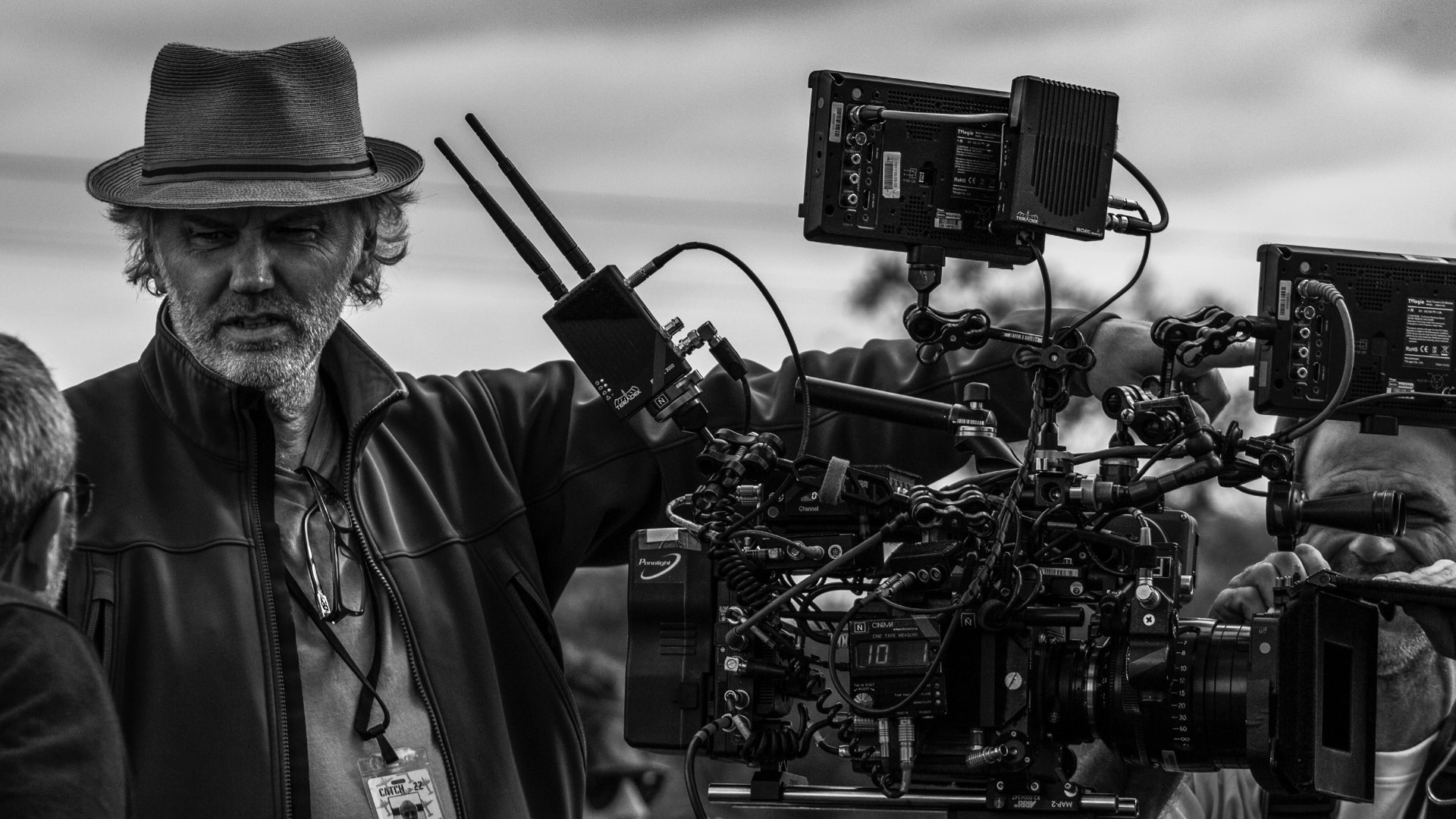
Cooke S4/i
Cooke S4/i are the choice of many cinematographers who are eager to get a more textured artistic look rather than just sharper image. The Cooke lenses are known for unique cinematic soften “Cooke look” which other lens manufactures tries to mimic. Of course, you are paying for this look. The Cooke S4/i cost about $20,000 per glass.
The S4/i is a unique series within the Cooke lenses since there are a few classifications regarding the type of glass. There is the uncoated element lens that is dedicated for those who want a softer contrast, more flaring, and an “older” lens look and feel. Furthermore, there is the MINI version called Cooke MINI S4/i series, which offers a much affordable and compact option for filmmakers who want their own full set of lenses at a realistic price. A pack of six MINI lenses will cost you about $7,000 per lens, which is a good value for a long term investment.
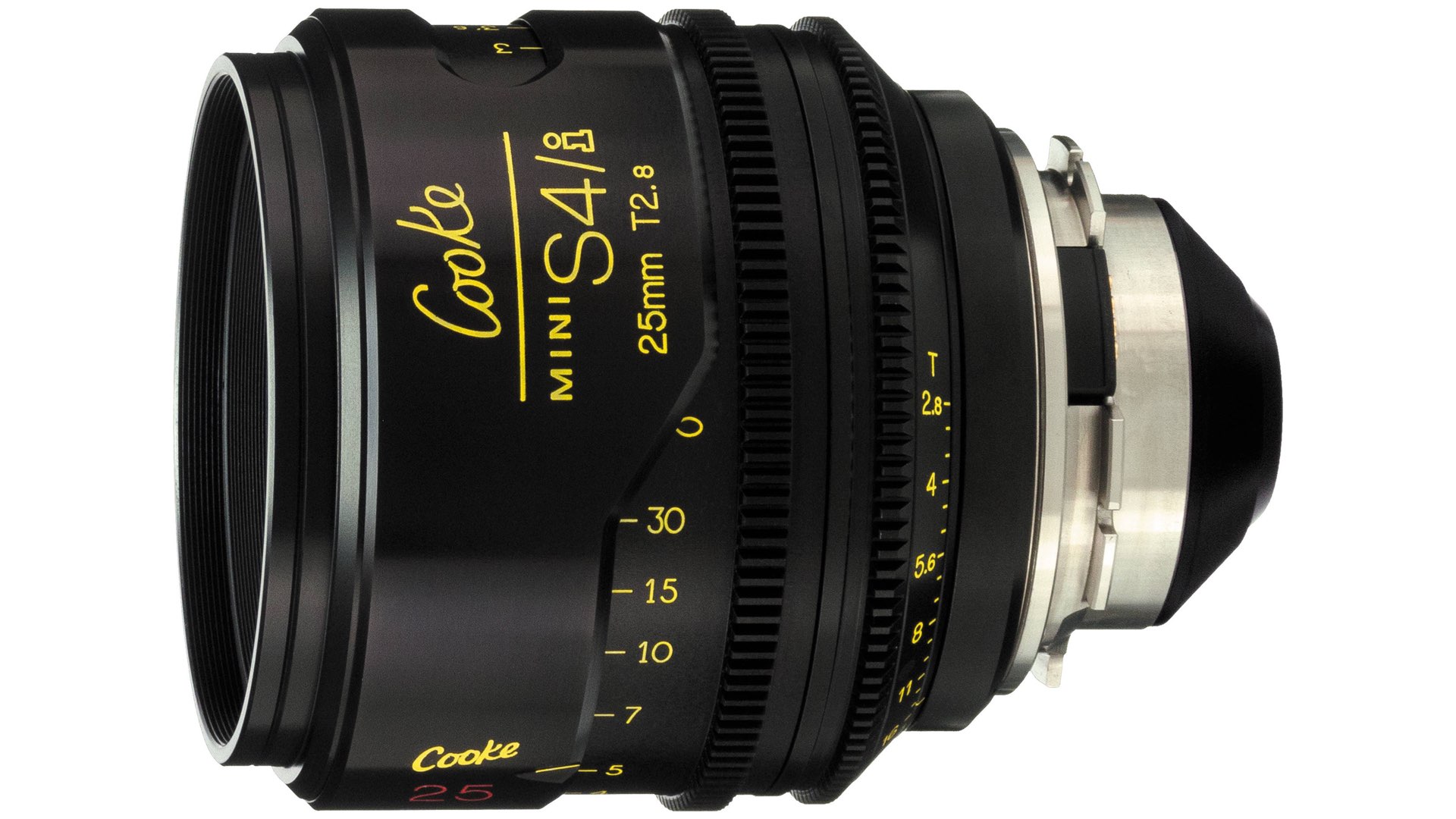
Cooke S4/i and Catch-22
The S4/i lenses were used recently in shooing the Hulu six-episode new miniseries, Catch-22. Cinematographer Martin Ruhe was kind enough to share with us his thoughts and insights.
Based on the acclaimed Joseph Heller novel Catch-22 is set during World War II and revolves around a military by-law which states that if you fly your missions, you’re crazy, and all you have to do is ask not to fly them. But if you ask not to, then you’re sane, and so you have to fly them. The book’s title coined the term that has entered the common lexicon since Heller’s book was first published in 1961.
One thing that was made clear was that it would be its own film, and not based on the 1970 version. “We all looked at the original film, and the two projects have a different nature,” said Ruhe. “Ours is a dark comedy with a strong look for a strong visual story, as compared to the original which was more of a straight comedy. The aerial scenes had to show the intense horror of being up in those small tin boxes. It had to be about life and death.”
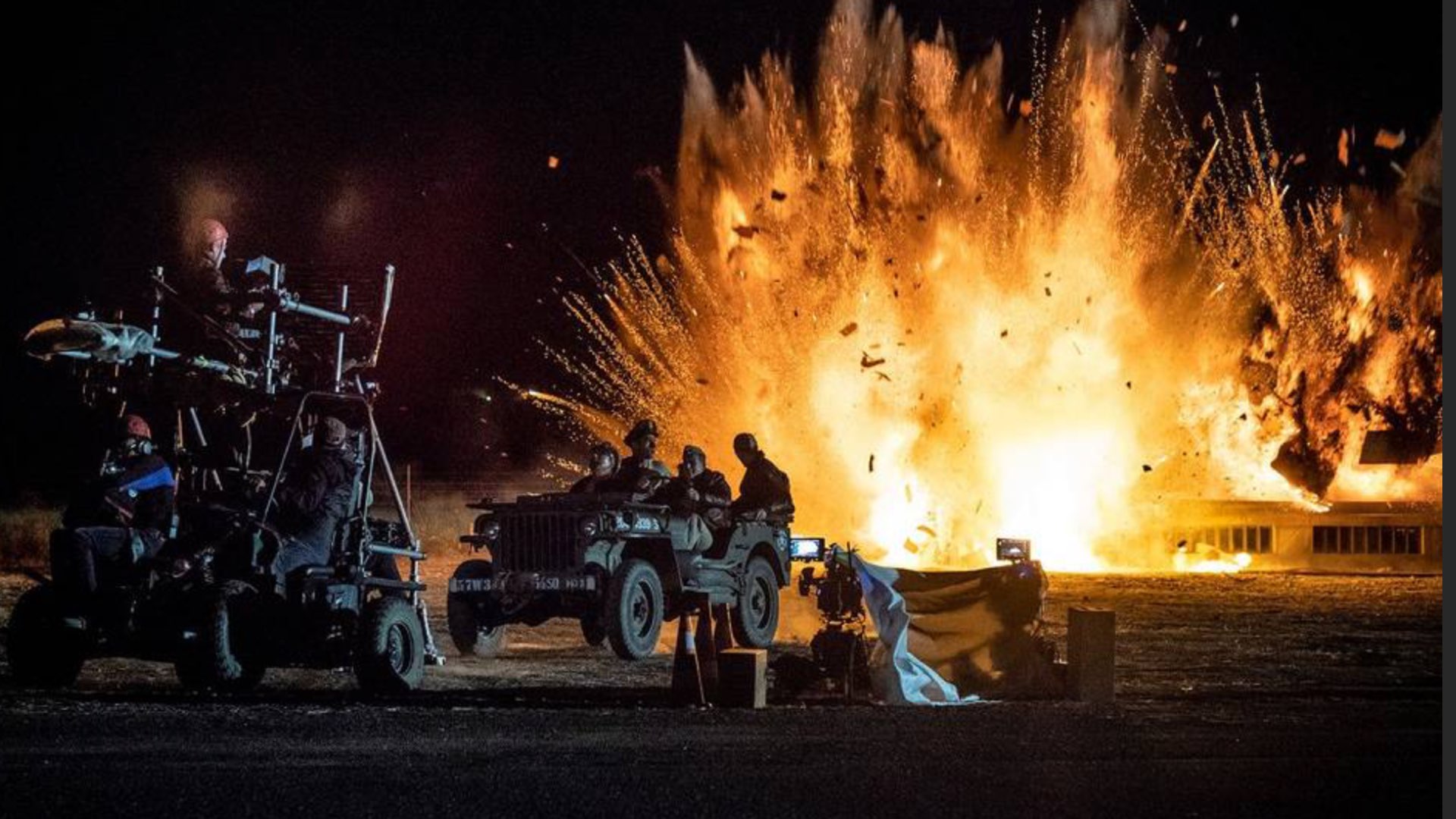
Ruhe’s goal was to contrast the horror of the aerial scenes and the absurdity of the ground scenes. To do that, he made use of two identical sets of Cooke S4/i prime lenses — 14mm, 18mm, 21mm, 25mm, 32mm, 40mm, 50mm, 65mm, 75mm, 100mm, and 135mm focal lengths — shooting with the ARRI ALEXA Mini’s Super 35mm (2.8K) sensor in ARRI Raw 16:9, which would later be finished in 4K HDR.
“We had two sets of camera/lens combinations as we were cross shooting as well as having some days with splinter [second] unit shooting,” explained Ruhe. “While I used all of the lenses, the 32mm was my all-time favorite for close-ups inside the planes. Although, to be honest, I did have to move to the 50mm at times due to the limited space within those planes.”
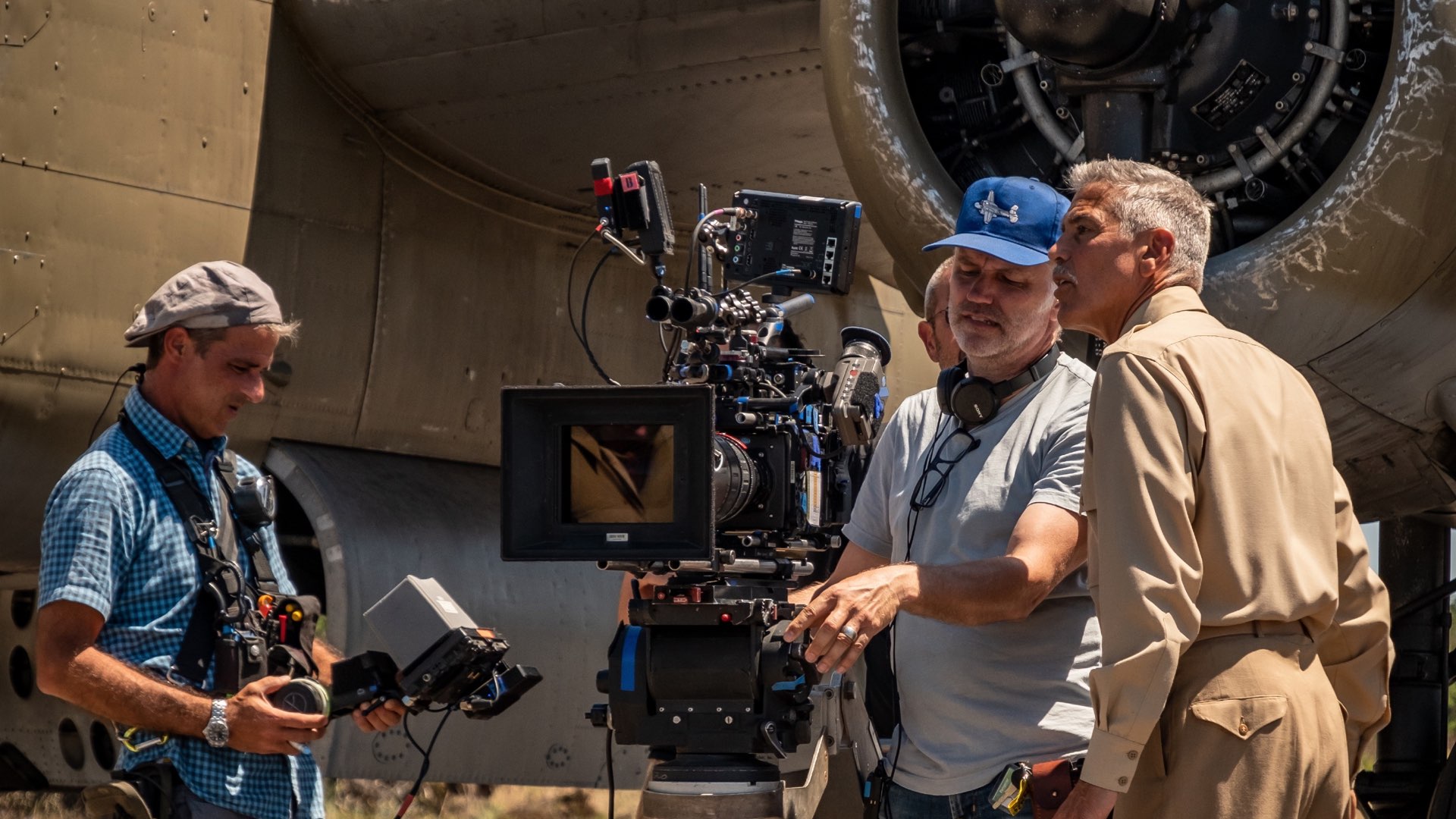
We had two sets of camera/lens combinations as we were cross shooting as well as having some days with splinter [second] unit shooting…While I used all of the lenses, the 32mm was my all-time favorite for close-ups inside the planes. Although, to be honest, I did have to move to the 50mm at times due to the limited space within those planes
Cinematographer Martin Ruhe
The popularity of 32mm focal length
For Ruhe, one of the standout scenes for the S4/i was in episode six. “I don’t want to give away any spoilers, but there’s a scene that was entirely shot with the 32. It’s so close to the faces and so intimate, which I love. You’ll have to see it to understand it, but every DP out there will know what I’m talking about when they watch that episode. It just looks great.”
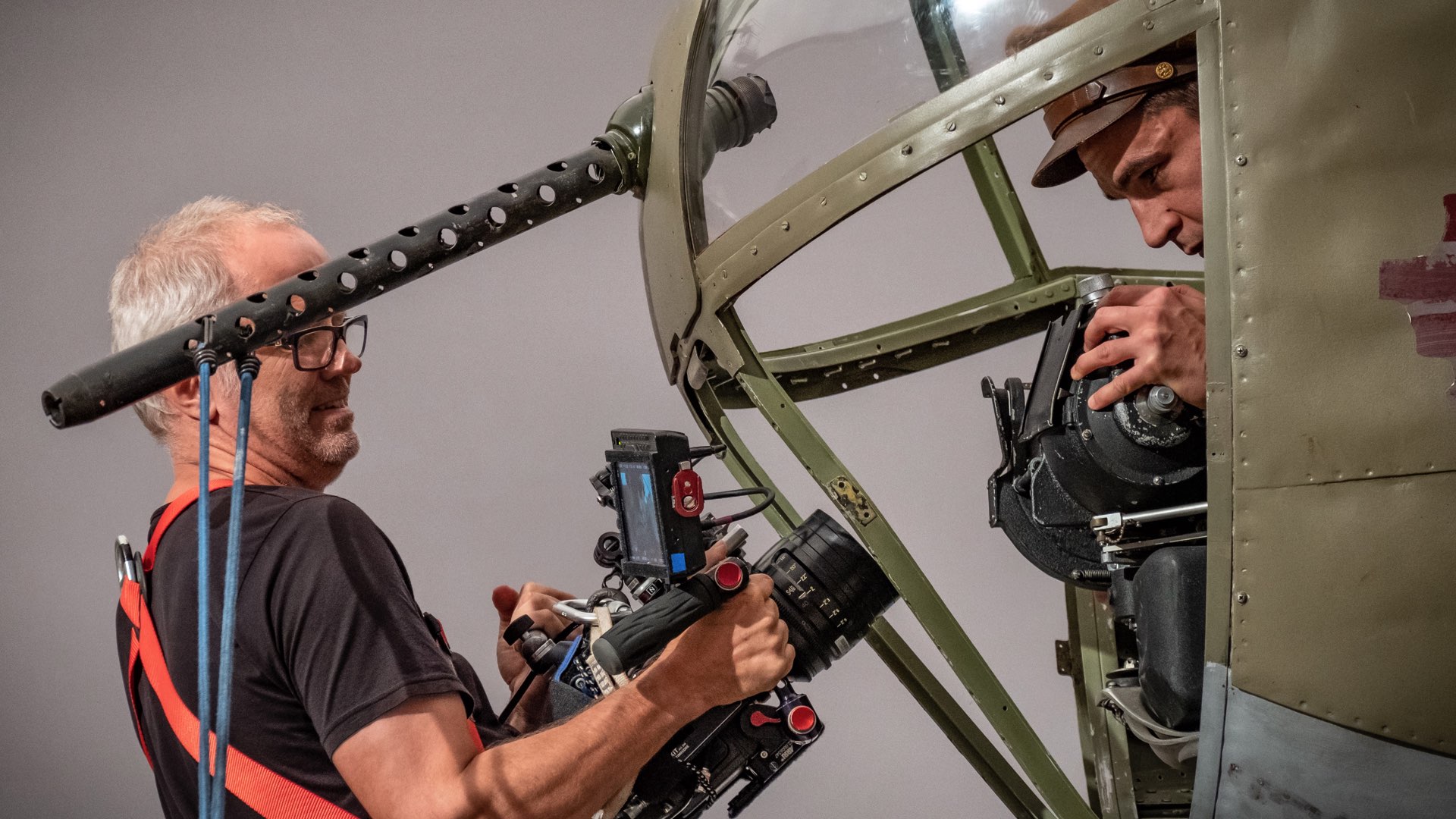
Super 35 sensor is still relevant
As said, the series was shot on the ARRI ALEXA Mini’s Super 35mm (2.8K).
We wrote about the large format Cooke option which is the S7/i that was designed to cover full frame cinema cameras sensor up to at least the full sensor area of the RED Weapon 8K (46.31mm image circle). Since the ALEXA Mini Super 35mm was used on Catch-22, the best solution within the Cooke family was indeed the S4. Glad to see that Super 35 sensors are still relevant. However, with the high popularity of large sensors, I believe that we’ll explore more and more films and series being shot with large format glass.
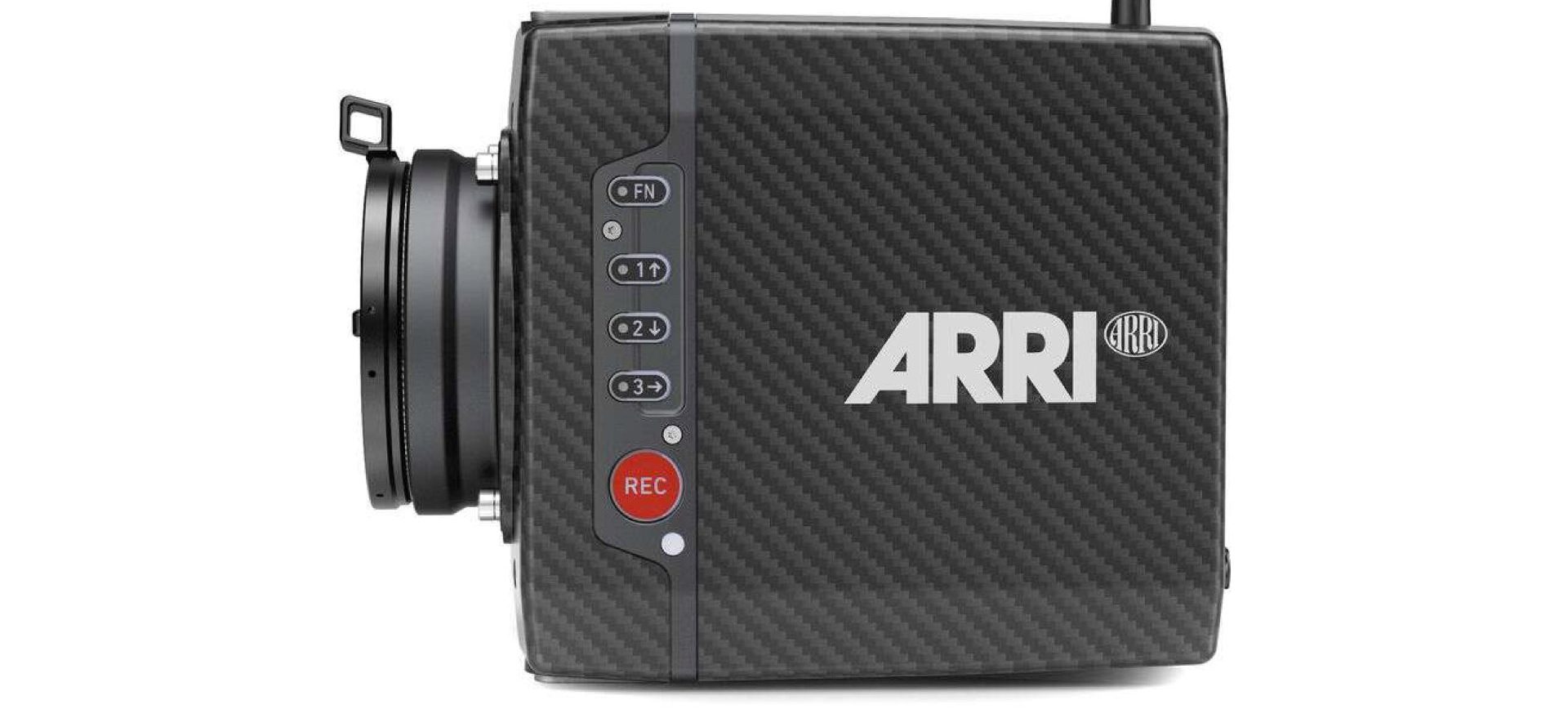
Large format imagery
It would be interesting to reveal how the image is affected when using, for instance, the ALEXA MINI LF paired with the Cooke S7/i. Ruhe talked about the filming limitations in tight spaces like plane and cockpit. Of course, LF camera and lenses allow more FOV and thus the utilization of the space, which could be helpful for those kinds of shooting environments.
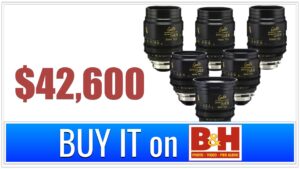
Imagine Catch-22 is being shot on the ALEXA MINI LF (instead of the MINI Super 35) with the Cooke S7 (instead of the Cooke S4). For your opinion, which is more preferred? Let’s know in the comments section below.


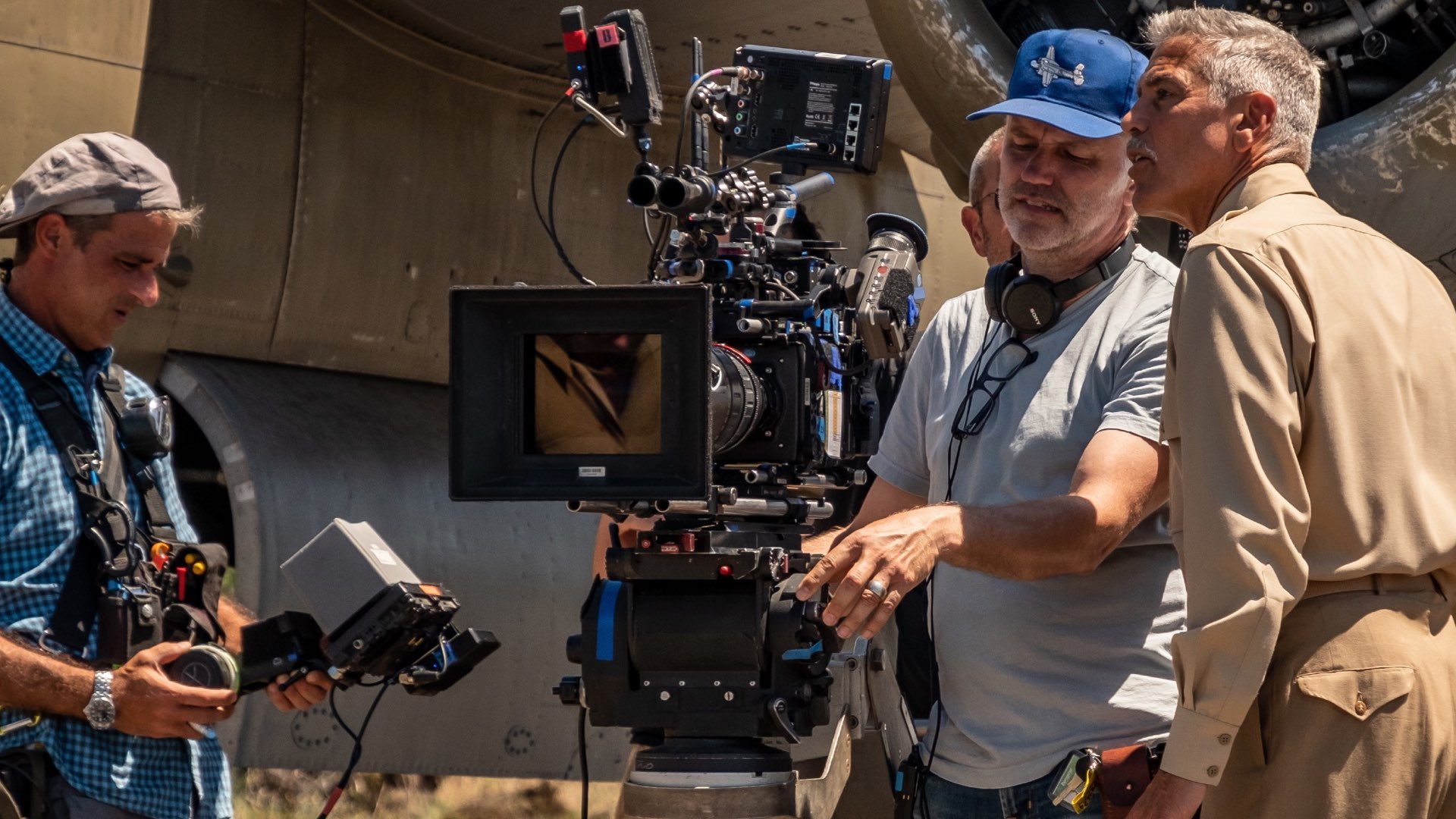
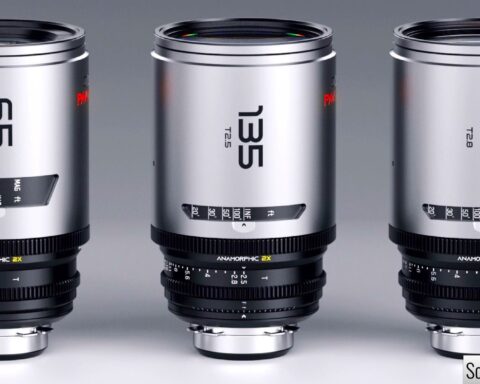
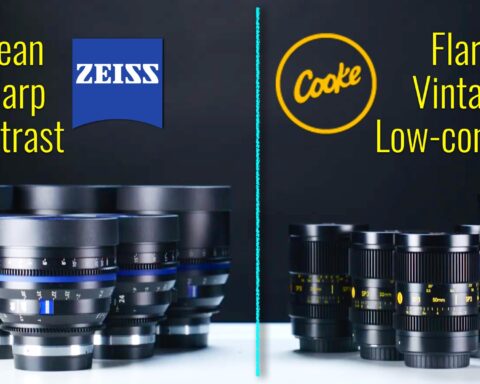
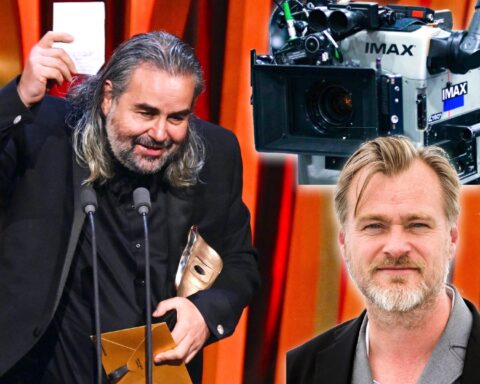
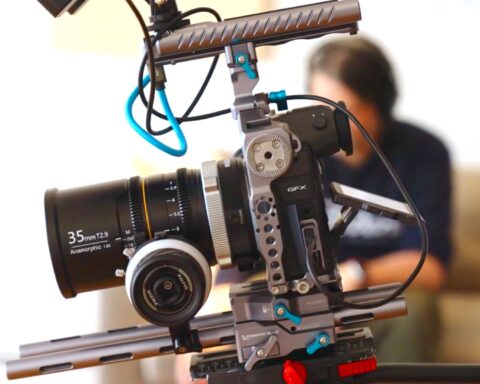
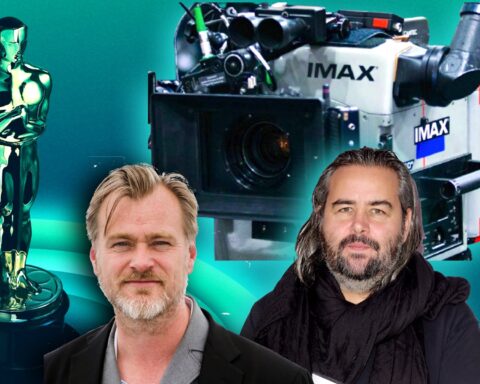
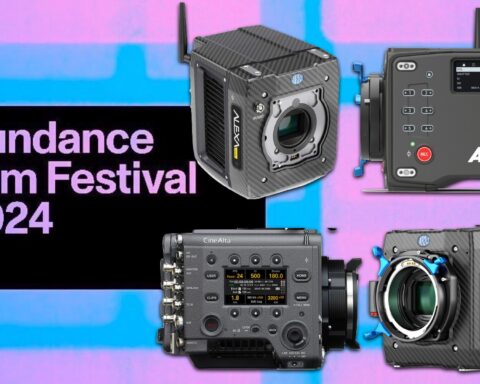

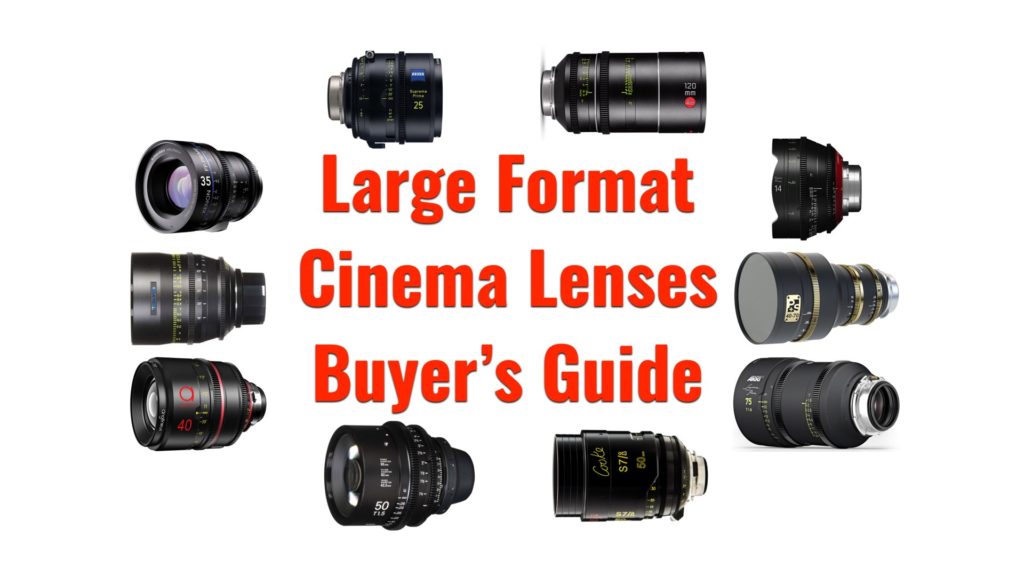
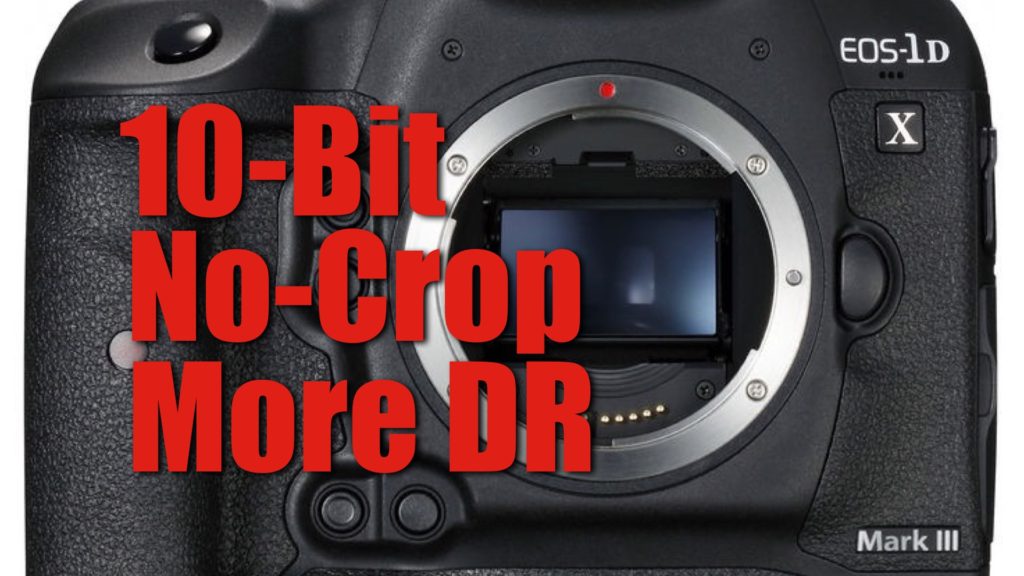
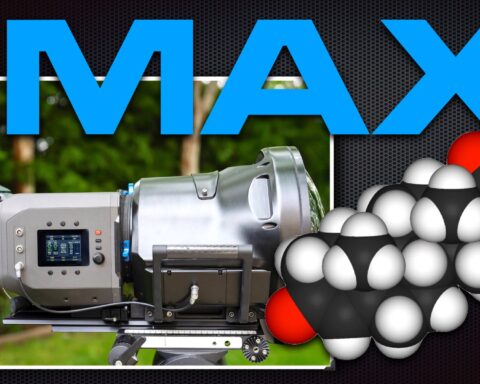




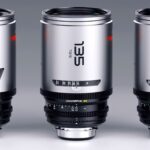
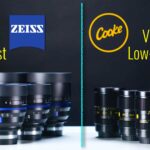
For this particular film, a WW2 drama were the grandeur of the background scene very much come into play, it is not necessary to have a Large Format camera that make use of super shallow depth of field. I would just as happy if this was shot with a Super 16.
I’m suprise the choice of camera was a 2.8k being up upsampled to 4k in post. Given the heavy grading in post were much of the finer details and colour realism was lost was the Alexa Mini really the right choice? An 8k camera such as a RED Weapon down sampled to 4k would have been my choice